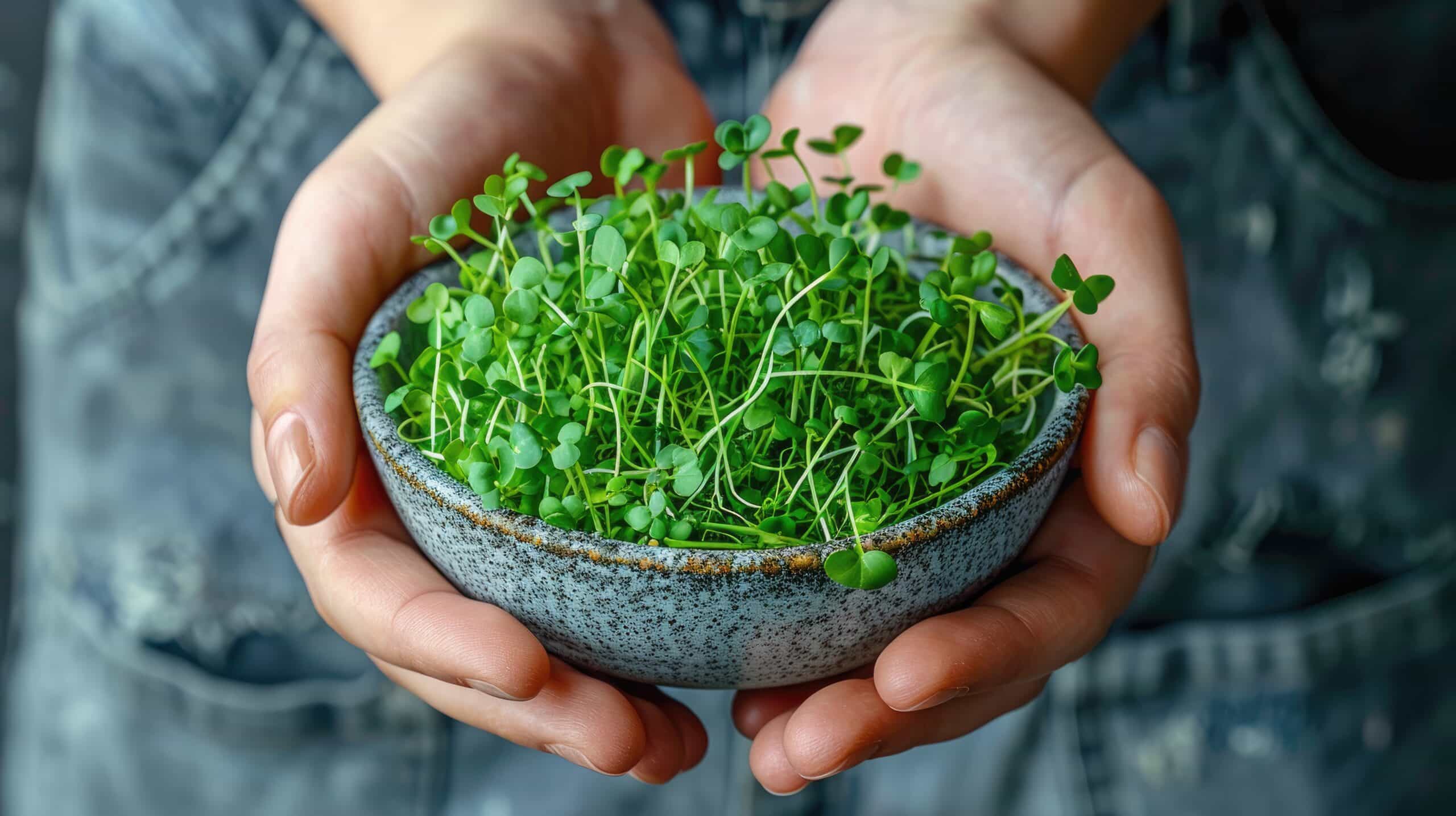Do You Eat Microgreens Raw or Cooked?
Key Takeaways
- Microgreens offer high nutritional benefits when eaten raw, including vitamins C and K, as well as essential minerals like potassium, iron, and magnesium.
- The concentrated flavor profiles of microgreens add a burst of freshness and a unique taste to meals, making them a great addition to salads, wraps, and smoothies.
- Cooking microgreens can soften their texture and enhance their flavors, but it may lead to nutrient loss. Lightly cooking microgreens is recommended to retain as many nutrients as possible.
Microgreens have gained popularity in recent years for their nutritional value and culinary versatility. These tiny, nutrient-packed plants are harvested at an early stage of growth, typically when they are around 1-2 inches tall. With their vibrant colors, delicate textures, and intense flavors, microgreens have become a favorite ingredient in salads, sandwiches, and other dishes.
One common question that arises when it comes to microgreens is whether they are best consumed raw or cooked. In this article, we will explore the benefits of eating microgreens both ways, examining the available information and expert opinions to help you make an informed decision.
Eating Microgreens Raw
Raw microgreens are often praised for their high nutritional content. These tiny plants pack a big punch when it comes to vitamins, minerals, and antioxidants. According to a report from the Cleveland Clinic, microgreens offer the most nutritional benefits when eaten raw. They are a rich source of vitamins C and K, as well as essential minerals like potassium, iron, and magnesium.
Microgreens are also known for their concentrated flavor profiles, which can vary depending on the type of greens you choose. Some popular microgreens include broccoli, kale, radish, and pea shoots. These greens add a burst of freshness and a unique taste to salads, wraps, and smoothies. Incorporating raw microgreens into your diet can help enhance the nutritional value of your meals while adding a vibrant touch.
Cooking Microgreens
While raw microgreens are often preferred for their nutritional potency, cooking microgreens can also have its benefits. The cooking process can help soften the fibrous texture of microgreens, making them easier to digest for some individuals. Additionally, certain cooking methods, such as sautéing or stir-frying, can enhance the flavors of microgreens and bring out their natural sweetness.
However, it is important to note that cooking microgreens can lead to some nutrient loss. Heat can degrade certain vitamins, such as vitamin C, and reduce the overall nutritional content of the greens. The extent of nutrient loss may vary depending on the cooking time and method used. If you choose to cook microgreens, it is recommended to lightly cook them to retain as many nutrients as possible.
Conclusion
When it comes to deciding whether to eat microgreens raw or cooked, there is no one-size-fits-all answer. Both raw and cooked microgreens offer their own unique advantages. Raw microgreens are praised for their high nutritional content and intense flavors, making them a great addition to salads, sandwiches, and smoothies. On the other hand, cooking microgreens can enhance their flavors and make them more digestible for some individuals.
Ultimately, the choice between raw and cooked microgreens comes down to personal preference and individual dietary needs. If you enjoy the vibrant flavors and textures of raw microgreens and want to maximize their nutritional benefits, incorporating them into your meals in their raw form is a great option. If you prefer milder flavors or have difficulty digesting raw greens, lightly cooking microgreens can be a suitable alternative.
Remember, regardless of whether you choose to eat microgreens raw or cooked, it is essential to handle and prepare them properly to ensure food safety. Thoroughly rinsing microgreens before consuming them is recommended to remove any dirt or debris. Additionally, storing microgreens in the refrigerator and consuming them within a few days of purchase will help maintain their freshness and nutritional value.
Related Websites:
FAQs:
Q: Do I eat microgreens raw or cooked?
Microgreens can be eaten both raw and cooked. The choice depends on personal preference and the desired flavor profile. Raw consumption preserves the nutrients and flavors of microgreens, while cooking them can add a unique taste and texture to dishes.
Q: What are microgreens?
Microgreens are young vegetable greens that are harvested when they are about 1-3 inches tall. They are packed with nutrients and have a concentrated flavor. Microgreens come in a variety of types, including arugula, kale, broccoli, and radish, among others.
Q: What are the nutritional benefits of microgreens?
Microgreens are incredibly nutritious. They contain a high concentration of vitamins, minerals, and antioxidants. Consuming microgreens can help boost your immune system, improve digestion, and provide essential nutrients for overall health.
Q: How can I consume microgreens raw?
Raw microgreens can be incorporated into various dishes. Add them to salads for an extra crunch and flavor, use them as a topping for sandwiches to add a fresh element, or blend them into smoothies for added nutrients and color.
Q: Can I cook microgreens?
Yes, you can cook microgreens. However, it’s important to note that heat can affect their nutritional content. To retain the nutrients while adding flavor, consider using cooking techniques such as quick stir-frying or sautéing. These methods allow microgreens to retain their nutritional value while enhancing the taste of your dishes.






